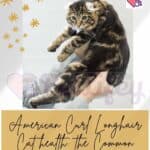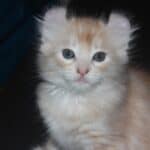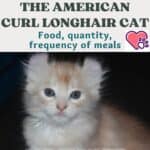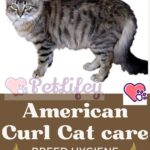The diseases of the American Curl, the most common pathologies that can affect this cat breed. Let’s find out what they can be.
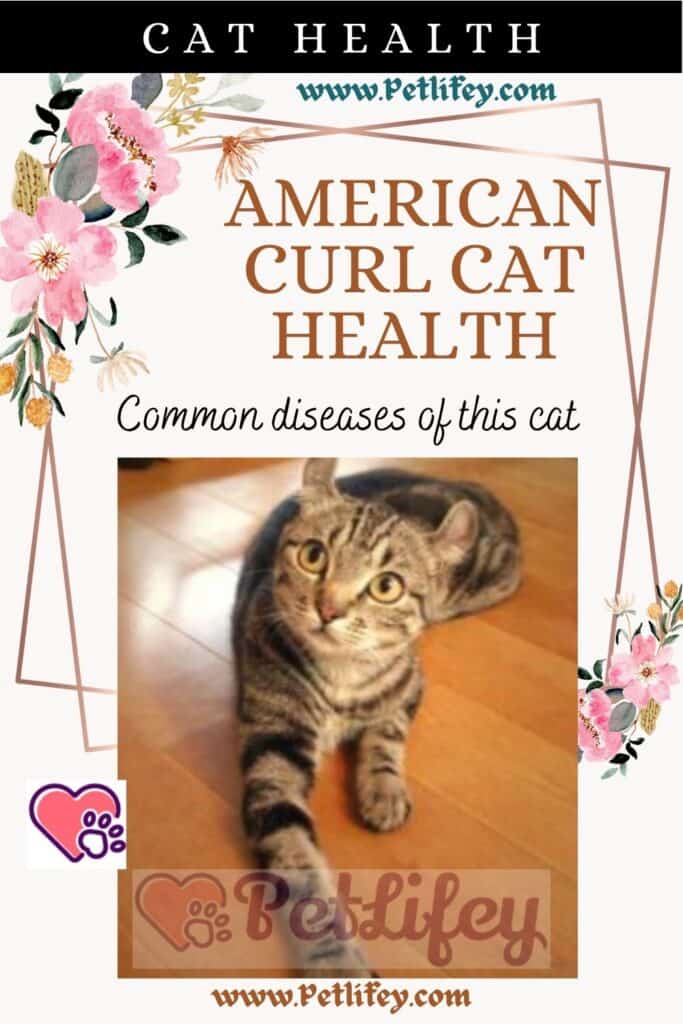
Before making your choice towards a specific breed of cat, you must be well informed about everything concerning the animal.
In particular, it is advisable to inquire about all the problems that may occur in the animal.
Therefore, if you have chosen to adopt an American Curl it is important to know the diseases that most affect this breed.
In the next paragraphs you will find everything you need to know about the most common diseases of the American Curl .
Diseases of the American Curl
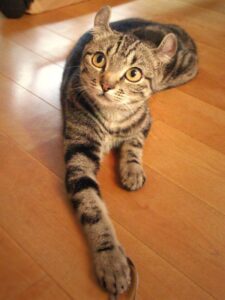
The American Curl is an extraordinary cat breed, it has all the possible and unimaginable characteristics that a cat can have.
We can find it in every color, pattern or variety of fur, so much so that it can look like cats all completely different from each other but with curled ears in common.
The American Curl is among the most robust and hardy cat breeds. In fact, it is not predisposed to particular pathologies and can live safely up to 15 years of age.
However, although it is not a cat predisposed to particular pathologies, the shape of its ears makes it more prone to ear problems.
The ears folded back add, to the cat, a funny touch to its appearance and at the same time tender, but unfortunately it generates a restriction on the ear canal that other cats do not have.
This condition of the cat’s ears causes more earwax, generated over time by the debris that settles.
Therefore, the hygiene of the ears of the American Curl becomes fundamental. To know more about how to take care of the American Curl, read this article totally dedicated to the subject.
Cleaning the cat’s ears
As we have previously mentioned, the main feature of the American Curl are the particular ears, which the animal carries with extreme tenderness and sympathy.
However, it is necessary to keep them healthy, and for this it is necessary to take care of their hygiene, daily and with a few moves.
In order to take care of cleaning the cat’s ears, a lot of patience and above all attention is needed, as it is a very delicate and sensitive part of the body.
They must be treated and handled with care and tact. It is essential to emphasize that it is enough to limit yourself to the area of the auricle (the outermost part), without having to go deep and create damage to the cat’s ear.
Just use a gauze pad (a soft cloth moistened with warm water is fine too) and gently massage the pavilion.
It is not necessary to push with your fingers inside the ear canal because any sudden movement could damage the proper functioning of the ears.
Given the shape of the American Curl’s ears, experts recommend using ear drops, to be prescribed by the veterinarian.
A must-know curiosity for breed lovers is that American Curl puppies are not born with curled ears, but straight like all other kittens.
Within the first 16 weeks of life, the ears tend to fold back until they reach the shape we know as an adult.
Other diseases
The American Curl is really one of the most resistant breeds, it hardly gets sick and has no specific diseases of the breed, the only diseases that can affect it are those common to all cats and in any case it is difficult to get sick.
In any case, the most common diseases are:
- FIV: a is a feline immunodeficiency syndrome similar to human HIV, transmissible through saliva and blood. It is not curable and there is no vaccine but, if intercepted in time, it can sometimes allow a considerable survival;
- FeLV: known as feline leukemia, it affects the bone marrow and is caused by a virus from the Retrovirus family, including the one responsible for FIV itself. It is transmitted by exchange of blood and saliva, even if not direct, and there is no cure other than the possibility of preventing the disease with vaccination;
- Feline toxoplasmosis : this is an infectious disease caused by the parasite Toxoplasma gondii, which finds its final host in the feline where it can reproduce;
- Allergies: the cat can suffer from allergies of very different origins.
- Conjunctivitis: cats have very delicate eyes, which is why they easily contract conjunctivitis, or inflammation of the mucous membranes of the eye;
- Periodontitis: A disease of the cat’s mouth and is especially common in older cats. If not treated in time, for the animal, it can be fatal;
- Otitis: is the inflammation of the epithelium that covers the ear canal and the auricle. It often occurs when the cat has low defenses;
- Obesity and overweight: obesity in cats is a fairly frequent problem, especially if the cat lives at home, as it is transmitted wrong eating habits;
- Cold: It is a light respiratory disease but which in any case must be treated to avoid complications and also be attacked by secondary diseases of the respiratory tract;
- Poisoning: cat poisoning is a very serious condition for which action must be taken as soon as possible, trying to understand what triggered it;
- Mange in cats: It is also called scabies and is caused by a mite of which there are different species and subspecies that behave in different ways. It is transmissible to other animals and to humans, there are different types and has symptoms similar to eczema: itching, scabs, patchy hair loss;
- Abscess: It is an infection due to deep wounds, we can see them on the paws, behind the tail or on the muzzle of the animal. Treatable with antibiotics;
- Mycosis: It is a disease caused by fungi. It causes redness, scabs and other symptoms that lead to scratching constantly, with the risk of spreading the infection to other parts of the body. It is transmitted by direct contact and the cat may not show symptoms but be a healthy carrier.
These are the main diseases that can affect any cat, including the American Curl which seems indestructible. So let’s learn them to recognize before adopting an American Curl.

